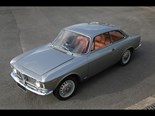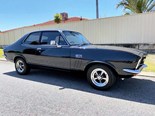Vauxhall Velox/Cresta (1958-65) Buyers Guide
 Vauxhall Cresta Buyer's Guide
Vauxhall Cresta Buyer's Guide
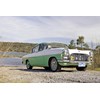
 Vauxhall Cresta Buyer's Guide
Vauxhall Cresta Buyer's Guide
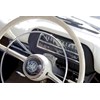
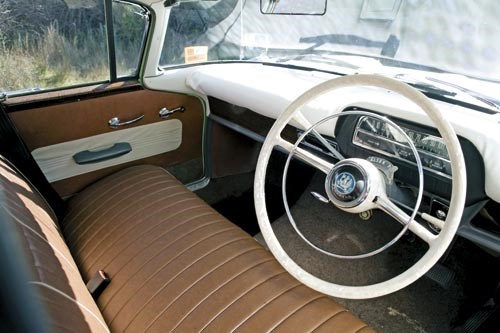 Vauxhall Cresta Buyer's Guide
Vauxhall Cresta Buyer's Guide

 Vauxhall Cresta Buyer's Guide
Vauxhall Cresta Buyer's Guide
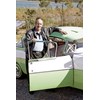
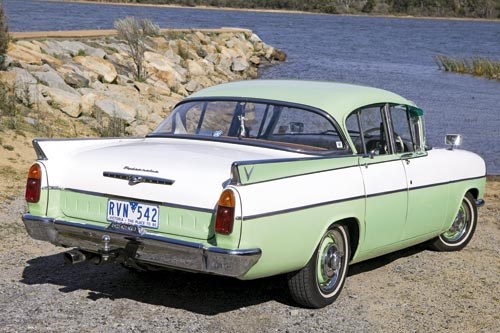 Vauxhall Cresta Buyer's Guide
Vauxhall Cresta Buyer's Guide

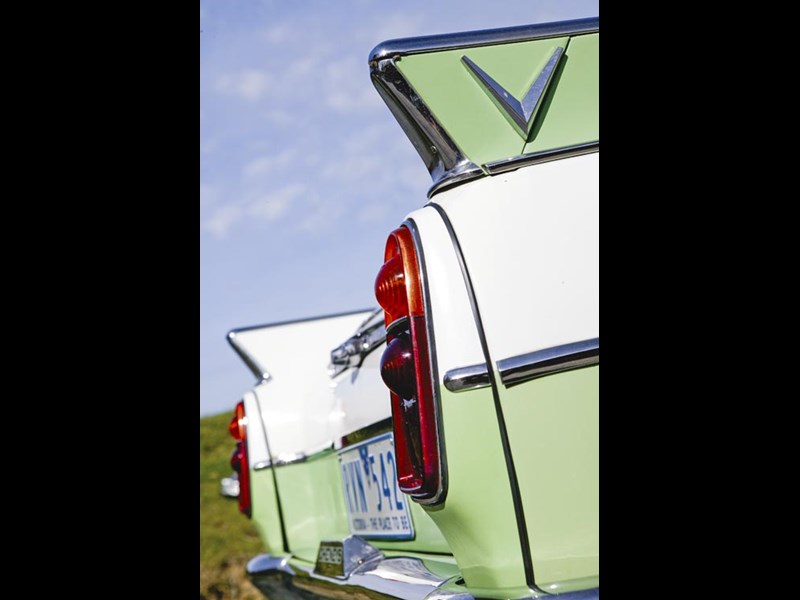 Vauxhall Cresta Buyer's Guide
Vauxhall Cresta Buyer's Guide

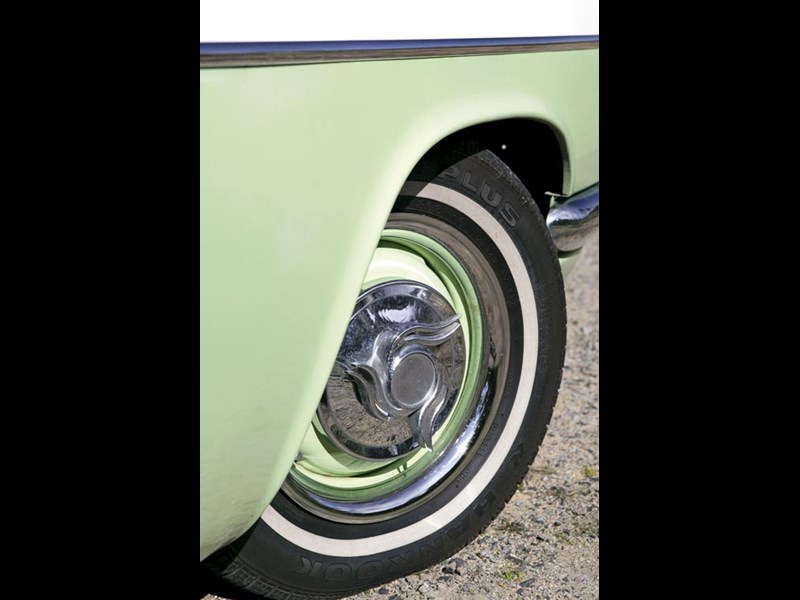 Vauxhall Cresta Buyer's Guide
Vauxhall Cresta Buyer's Guide

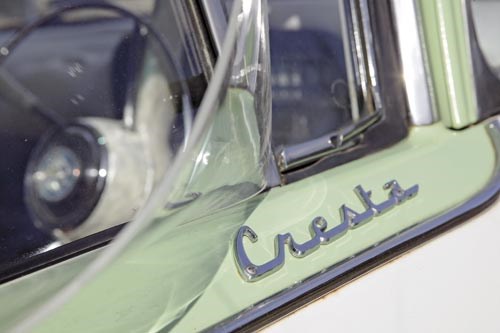 Vauxhall Cresta Buyer's Guide
Vauxhall Cresta Buyer's Guide

 Vauxhall Cresta Buyer's Guide
Vauxhall Cresta Buyer's Guide
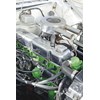
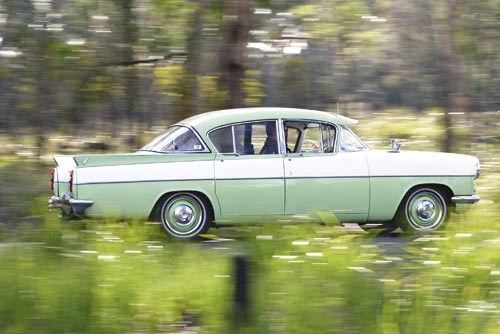 Vauxhall Cresta Buyer's Guide
Vauxhall Cresta Buyer's Guide

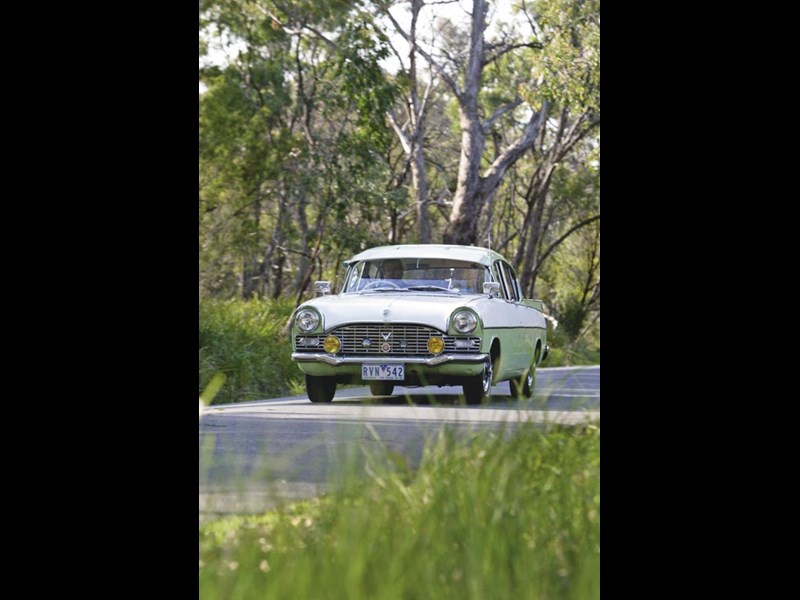 Vauxhall Cresta Buyer's Guide
Vauxhall Cresta Buyer's Guide


|
|
Vauxhall Cresta Buyer's Guide
|

|
|
Vauxhall Cresta Buyer's Guide
|

|
|
Vauxhall Cresta Buyer's Guide
|

|
|
Vauxhall Cresta Buyer's Guide
|

|
|
Vauxhall Cresta Buyer's Guide
|

|
|
Vauxhall Cresta Buyer's Guide
|

|
|
Vauxhall Cresta Buyer's Guide
|

|
|
Vauxhall Cresta Buyer's Guide
|

|
|
Vauxhall Cresta Buyer's Guide
|

|
|
Vauxhall Cresta Buyer's Guide
|

|
|
Vauxhall Cresta Buyer's Guide
|
Vauxhall Cresta - These classic British stunners are a cheap way into some chrome and fins… and come with racing pedigree too!

|
|
Vauxhall Cresta (1958-65) Buyer's Guide
|
Vauxhall Velox/Cresta (1958-65)
BEAUTY QUEEN
On a dusty Phillip Island race circuit one Sunday in 1960, a most unlikely racing car left its one and only impression on Australian motor sporting history. The event was the very first Armstrong 500, the car finishing first a PA Series Vauxhall Cresta driven by Frank Coad and John Roxburgh.
The PA model was released onto the British market in late 1957 and arrived a few months later in Australia. As a replacement for the smaller and decidedly conservative E Series cars, the PA delivered a shock to Vauxhall buyer sensibilities that resurfaced a few years later when Holden devotees saw the radically-shaped HD.
Performance offered by the original PA models was well adrift of their sensational looks. The 2.2-litre six-cylinder engine that had existed since 1952 was mildly upgraded to deliver 58kW but genuine pace had to wait until 1960 and the arrival of the slightly restyled but 22 percent more powerful PADX version.
These came with 2.6-litre engines that developed 70kW and plenty of low-end torque. Three-speed manual transmission was standard with Hydramatic optional. Also on the options list were power-assisted front disc brakes which, from late 1962, became a standard feature on PB cars.
Following the trend set by General Motors' 1950s US designs, PA front and rear windows wrapped tightly around the passenger area and there were the obligatory tiny tailfins. Equally distinctive were large, ovoid tail-lamps that mounted vertically in the rear mudguards with indicators sitting Pontiac-like in the ends of each fin. Pre-'60 models had three-section rear windows and fluted front mudguards.
Interior trim offered buyers the choice of traditional or modern fabrics - two-tone leather or brushed nylon with matching carpets in Crestas, vinyl seats and floor coverings in the Velox.
An interesting variation and one that was never sold in Australia (although a few came in as private imports) was the oddly-shaped and named Friary estate. Among the model's illustrious owners was HRH Queen Elizabeth II.
The last big Vauxhalls to be sold in Australia were PB Series cars that arrived in 1963 and were pitted against the similarly-sized EH Holden. Velox and Cresta versions were sold, both with the 2.6-litre motor and optional automatic.
A wider track and more compact body made the PB a little more nimble and disc brakes on both models ranked them among the best-braked in their price range.
With the EH offering a potent 179 cubic inch (2.8 litre) engine and luxurious Premier variant, there really wasn't much market space left for Vauxhall to occupy and the PBs were withdrawn in 1965.
ON THE ROAD
Inspiration from North America brought a huge improvement in passenger and boot space to Vauxhall design. The dash is pretty bland and dominated by a huge speedometer with a strange ribbon indicator that changes colour the faster you travel. It was, according to early road tests, also wildly inaccurate and at 90mph (140km/h) reading 20km/h higher.
With double wishbone suspension at the front and semi-elliptic springs at the rear, the Vauxhall sits reasonably flat and can be flung through sweeping bends with minimal body roll. Tighter bends demand plenty of steering wheel input and hard acceleration on a bumpy surface will cause the rear end to flick sideways.
The only serious flaw in the PA chassis stemmed from scrawny crossply tyres that squealed vociferously when pressed and offered minimal grip in wet conditions. Fitting modern radials helps dry-road handling but can affect the ride quality which is a feature of these cars.
While manual cars aren't quite the 'rocketships' that impressed early-'60s road test writers, 0-60mph (0-96km/h) in 12.5 seconds was prodigiously quick when compared to the 17 second times managed by 'grey motor' Holdens.
Even with the more languid Hydramatic transmission, the Vauxhall's 0-
60 time increased by only two seconds and mid-range acceleration was in fact faster than the manual car's. Fuel consumption under optimum conditions can reach 10l/100km, but 13.5 is more realistic. Top speed was close to 150km/h, so 100-110km/h is a comfortable cruising speed.
Unless you've got one of the disc-braked cars, allow plenty of space when stopping as the all-drum brakes lock and take time to recover when overheated. A UK test of a Velox PA with discs reported no fade even when following the route of the Monte Carlo rally.
The manual transmission had synchromesh on all three gears, making progress in stop-go conditions a little less tiring than in a manual Holden with non-synchro first gear. Late-model PAs were sold in the UK with overdrive on second and third.
These cars weren't originally equipped with seat belts and finding one that has been fitted with restraints for at least the driver and front seat passenger is a sensible move. Not only will they prevent you smashing into the metal dash or unyielding steering column in a crash, belts will stop occupants battling to hold their spot on the broad and slippery bench seat.
HOW MUCH?
The Australian market isn't overrun with good-quality PA Vauxhalls, so your closest branch of the Vauxhall Owners Club is the spot to begin searching. Club assistance is also vital if you're considering a car that's missing a few important parts or needs more than minor restoration.
Low-priced Velox PA manuals start at less than $5000 and in excellent order can reach $10,000. Poor-quality Crestas can actually be cheaper than the Velox because replacing the interior trim authentically in leather and finding or remaking rare items of brightwork will add substantially to your restoration costs. Purchasing a PA Cresta in excellent order will currently exceed $12,000 but a PB version in similar condition should cost around half the price of its more ostentatious forebear.
Rusty cars of either series are probably best avoided unless you have access to a range of replacement body panels. However, for those with an adventurous spirit and some time to invest, $1000 will buy an untidy PB Velox with PA Crestas in distressed but running condition at $2000-3000.
CHECKLIST
Body & Chassis
Rebuilding a seriously rusted PA or PB Vauxhall is an expensive proposition. Most panels are very difficult to source even second-hand, so finding a basically sound car is important. Look first at the inner and outer sills, lower rear quarter panels on PAs, door skins and front mudguards behind the headlamps. Rust around the steering box mounting points can be difficult to see but very dangerous.
Laminated windscreens, door and window rubbers are available new and club sources can locate larger chromed items in decent condition. Most difficult are small die-cast parts including the mirror stem, door handles, V emblems and early PA tail-light bases. Tail-light lenses in serviceable condition are difficult to find, as are PA rear bumper ends and Cresta bonnet mascots.
Engine & Gearbox
These are tough, simple engines that can last 200,000km without any significant problems. Keith Merillees says that the cylinder bores in post-1959 cars can be increased by 60 thousandths of an inch without damage to the casting. The major problem - more an irritation really - is oil leaks which can be difficult to trace.
Major loss from the rear main bearing can only be satisfactorily prevented by double packing when the motor is being rebuilt. Hardened valves and seats are available, allowing them to run reliably on 91 RON Unleaded fuel. The Hydramatic transmission is renowned for reliability but a unit that is leaking oil or 'flares' when upshifting is due for a rebuild. Merillees recommends a six-spring drive-plate to replace the standard four-spring unit.
Suspension & Brakes
Conventional components and reasonable spares availability mean that a Vauxhall that's a little dodgy in these departments isn't necessarily a dead loss. Front shock absorbers work hard and bouncing means a new pair are needed. Kits of suspension bushes are available through the Vauxhall Owners Club, as are wheel bearings, brake shoes and cylinders. The handbrake should release with minimal force but check the rear wheels after test driving for excessive heat that indicates binding brakes. Wider tyres on the standard rims slightly diminish acceleration but aid cornering stability.
Interior & Electrics
Cars with well-kept or restored interiors are desirable, simply because so many small items are difficult to find or rebuild. Ensure that the front seat moves smoothly on its runners without rocking or binding and that the window winders are all working. Damaged vinyl seat trim is relatively inexpensive but a seat that has collapsed and requires complete restoration can add $1000 (plus fabric) to the rebuild cost. A small plastic part behind the indicator stalk can break but is repairable. Starter motor solenoids are prone to sticking but can be easily removed and reconditioned. Beware cars that are missing their chromed horn ring and centre boss as these parts are scarce.
SPECIFICATIONS
Vauxhall Velox/Cresta (1958-65)
NUMBER BUILT: 173,604 (PA), 87,047 (PB)
BODY: all-steel integrated body/chassis four-door sedan and station wagon
ENGINE: 2.2 or 2.6-litre six-cylinder overhead valve with single carburettor
POWER/TORQUE: 70kW @ 4600rpm/198Nm @ 2400rpm
PERFORMANCE: 0-96km/h - 12.5sec. 0-400 metres - 19.4sec (PA manual)
TRANSMISSION: three-speed manual or three-speed automatic
SUSPENSION: Front: independent with wishbones, coil springs, telescopic shock absorbers and anti-roll bar Rear: live axle with semi-elliptic springs and telescopic shock absorbers
BRAKES: four-wheel drum (front discs optional from 1962) (PA), front disc/rear drum (all PB)
TYRES: 5.90 x 14 cross ply
PRICE RANGE: $1000-15,000
CONTACT: Vauxhall Owners Club of Australia
Unique Cars magazine Value Guides
Sell your car for free right here
Get your monthly fix of news, reviews and stories on the greatest cars and minds in the automotive world.
Subscribe

.jpg)


